Paeonia suffruticosa Andrews |
| |
|
|
Botanical Name |
: |
Paeonia suffruticosa Andrews |
English
Name |
: |
Tree peony, Moutan peony, Chinese Moutan Peony, Hana-kisoi peony |
Synonym(s) |
: |
Paeonia moutan Sims., Paeonia arborea Donn. |
Family |
: |
Paeoniaceae |
| |
General Info
| Description |
 |
|
Deciduous shrub, 6-8 ft (1.8-2.4 m); erect, open habit, thick twigs, has a woody stems that do not die back in winter. Leaves bipinnate, leaflets 5-10 cm long, ovate, 3-5 large teeth or lobes, terminal leaflet 3-lobed, light green above, bluish-green below. Large flower, deep red to pink to white (yellow in some hybrids), basal spot on each petal, often double or semi-double, up to 30 cm across. |
| Herb Effects |
 |
|
Analgesic, antibacterial, anti-inflammatory, antipyretic, antispasmodic, emmenagogue, sedative, styptic and tonic (root and root bark); antibacterial (plant) |
Chemistry
| Active Ingredients |
 |
|
Benzoic acid, beta-sitosterol, campesterol, paeoniflorin, paeonolide, paeonoside, tannin (root bark); kaempferol, quercetin (leaves) |
| Chemistry
of Active Ingredients |
 |
|
|
 |
Name |
CAS# |
IUPAC Name |
Formula |
Structure |
 |
|
| Benzoic acid |
8013-63-6 |
benzoic acid |
C7H6O2 |
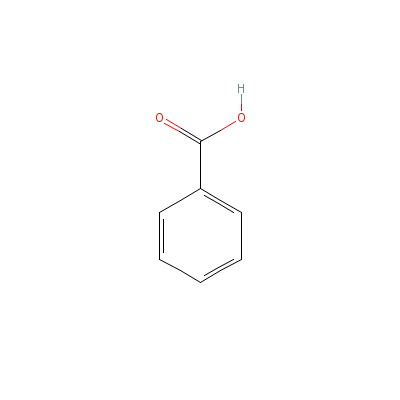
|
| Beta-sitosterol |
5779-62-4 |
17-(5-ethyl-6-methyl
-heptan-2-yl)-10,13-
dimethyl-2,3,4,7,8,9
,11,12,14, |
C29H50O |
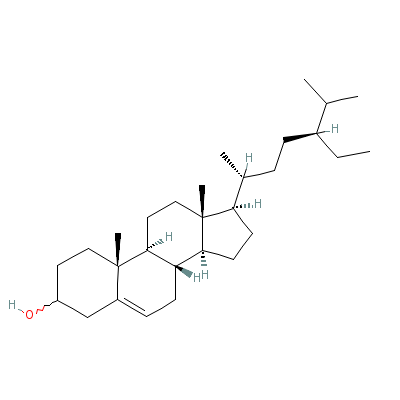
|
| Campesterol |
474-62-4 |
17-(5,6-dimethylhept
an-2-yl)-10,13-dimet
hyl-2,3,4,7,8,9,11,1
2,14,15,16
,17-dode
cahydro-1H-cyclopent
a[a]phenanthren-3-ol |
C28H48O |
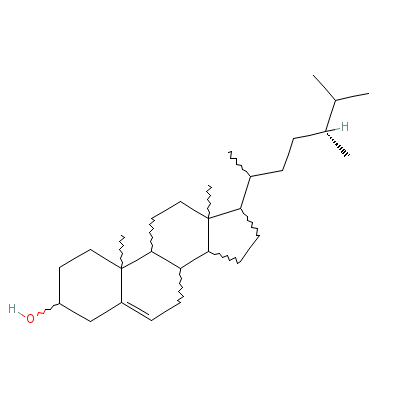
|
| Paeoniflorin |
Not Available |
Not Available |
C23H28O11 |

|
| Paeonolide |
72520-92-4 |
1-[4-methoxy-2-[(2S,
3R,4S,5R,6R)-3,4,5-t
rihydroxy-6-[[(2R,3R
,4S,5S)-3,
4,5-trih
ydroxyoxan-2-yl]oxym
ethyl]oxan-2-yl]oxy-
phenyl]ethanone |
C20H28O12 |
|
| Paeonoside |
20309-70-0 |
1-[4-methoxy-2-[(2S,
3R,4S,5R,6R)-3,4,5-t
rihydroxy-6-(hydroxy
methyl)oxa
n-2-yl]o
xy-phenyl]ethanone |
C15H20O8 |

|
| Tannin |
1401-55-4 |
Not Available |
C27H22O18 |
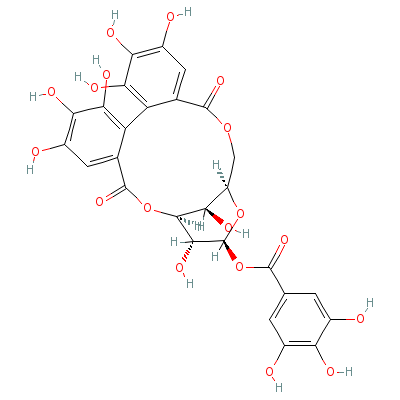
|
| Kaempferol |
80714-53-0 |
3-[3-[4,5-dihydroxy-
6-(hydroxymethyl)-3-
[3,4,5-trihydroxy-6-
(hydroxyme
thyl)oxan-2-yl]oxy-o
xan-2-yl]oxy-4,5-dih
ydroxy-6-(hydroxymet
hyl)oxan-2
-yl]oxy-4,5-dihydrox
y-2-(4-hydroxyphenyl
)-chromen-7-one |
C33H40O21 |
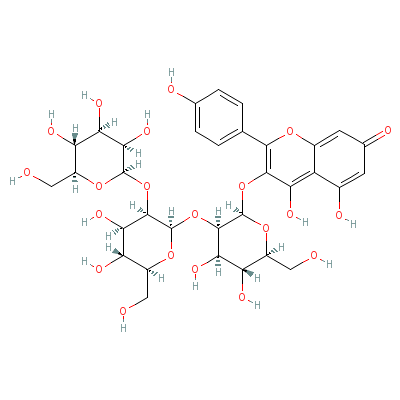
|
| Quercetin |
Not Available |
2-(3,4-dihydroxyphen
yl)-3,4,5-trihydroxy
-chromen-7-one |
C15H10O7 |
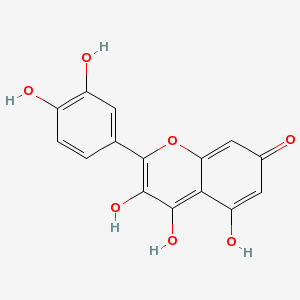
|
|
Pharmacology
| Medicinal Use |
 |
|
An extract of the plant has antibacterial activity, inhibiting the growth of Staphylococcus, Bacillus dysenteriae, Typhoid bacillus, Paratyphoid bacillus, Proteus, Pseudomonas, E. coli, Haemophilus pertussis and Streptococcus. The plant is used internally in the treatment of fevers, boils, menstrual disorders, nosebleeds, ulcers, irritability and gastro-intestinal infections. A tea made from the dried crushed petals of various peony species has been used as a cough remedy, and as a treatment for haemorrhoids and varicose veins. |
| Reference |
 |
|
 James A Duke and Maryl Fulton. Handbook of Medicinal Herbs - 2nd Edition, P: 739, CRC Press July 2002. James A Duke and Maryl Fulton. Handbook of Medicinal Herbs - 2nd Edition, P: 739, CRC Press July 2002.
|
Dealers
Products
|
|